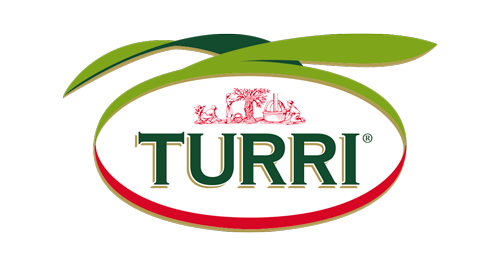Contributing to the protection of the environmental and historical heritage of our territory is a priority for us at Olio Turri. With the aim of handing down the farming practices and techniques used by our ancestors, we have published two books on the subject. The history of olive oil on Lake Garda began more than a thousand years ago and continues to influence our work today. We tell you about it here:
Roman era
The first archaeological findings concerning the cultivation of olives on Lake Garda date back to the Bronze Age. Thanks to the introduction of new systems for storing and distributing oil, olive growing experienced a moment of maximum expansion with the Roman Empire. With the fall of the Empire, olive growing also saw a slow decline until its rediscovery in the Middle Ages.
Middle Ages
It was the great monasteries of the early Middle Ages that spread the cultivation of olives again in the Garda region. Large quantities of oil were needed to light and perform rituals in churches, but quotas from the Mediterranean were scarce. As a solution, the monks began to plant more and more olive trees, covering the shores of the lake with olive groves and oil mills.
At this time, Garda olive oil stood out for its high quality and economic value, and was used with excellent results both in food and medicine. Food use was destined for the few, since at the time ‘4-6 kg of Garda oil was worth as much as a very large pig’.
Renaissance
With the Renaissance, the consumption of olive oil experienced a steady revival thanks to the application of hydraulic power to olive mills to replace the millstones, which until then had been operated by hand or with the aid of animals.
Man’s work contributed more and more to delineating the features of the landscape of Lake Garda: one began to see real ‘terraced’ constructions overlooking the lake, suitable for the cultivation of olive groves and which have survived to the present day.
The 20th century
In the 1930s, laws were passed to promote olive growing and oil production grew exponentially. After the Second World War, traditional Italian cuisine, compared with that overseas, is considered too poor and butter takes over. The use of margarine explodes and the consumption of olive oil falls.
The 1950s saw a considerable availability of labour, which encouraged the spread of olive cultivation and allowed the plant to be extended into borderline areas.
The turning point came at the end of the 1980s: the rediscovery of the quality of the product and the spread of the Mediterranean diet internationally brought oil back into vogue in the hearts and tables of Italians.


